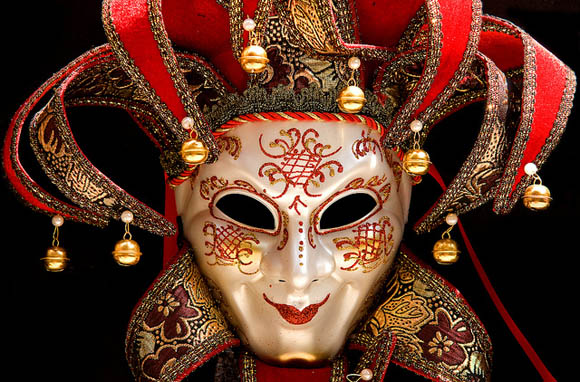
Masks: Expressing Cultures Globally
Tanvi Minocha | 25 Jul, 2016

Masks have been in use since ancient times for practical and ceremonial uses such as protection, expression, drama, disguise and so on. Throughout the world, masks are used for their expressive appearance in theatre and dance performances. They recreate sacred myths and historical events.
Masks have been an integral part of the Indian culture. The country has a huge range of decorative, festive and ceremonial masks related to the vast range of myths, legends and folklore, which revolve around idolized deities, valiant heroes, and fierce demons.
Similar is in the case of Mexico, where masks are equally important. Mexico has almost 4,000 celebrations throughout the year in which masks are used for performances; including Christmas and Easter. These masks are carved out of wood, ceramic, fabric, metal & plastic and are all painted in colors which appropriately portray the character.
In both the countries, the mask-making industry began by demands of religious functions, folk & theatre. However, unlike the mask-makers in India who are dwindling due to economic reasons, the tradition is alive and prominent in Mexico. Many of the mask-makers have other trades like carpentry or baking as well. There are communities who have enough demand for masks.
Nonetheless, nothing stops the makers to continue creating masks. It always interest people to see how communities and mask-makers interpret the same concept in different ways.
If you want to personally see some of these masks, then you should not miss out on the exhibition which has been ongoing at the India International Centre, Lodhi Estate. 33 out of the many masks of Mexico are displayed here. The exhibition will be on till July 31, 2016.
Related News
- Reasons Why My Father Is My Idol
- Impact of the Internet on Children
- Ethical Hacker: Securing the Internet
- Plastic Isn't Fantastic- Poem
- What Makes You A Great Leader!
- CORONA: Humans Coughing, Earth Breathing!
- How Automation Will Affect Jobs
- Employability of Indian Students
- Outrunning Automation
- Impact of Soft Skills in Employment
- Teenager Suicides in India
- Get To Know All About Periods
- Arise, Awake And Stop Not Until The Goal Is Reached
- Behavioural Assessment Is The Key To Become A Better Teacher!
- Journalism Through The Eyes of FairGaze
- Menstruation And Its Hygiene: Not A Taboo But A Natural Phenomenon!
- Stop Drug! Stop Abuse!
- The World Wide Web: Get Tangled, or Unravel the Treasures of WWW
- Delve into Grandma’s Recipes: Time To Revisit The Indian Way Of “Eat Healthy And Live Healthy”
- Cook Without Fire: Easy Non Fire Cooking Dishes

